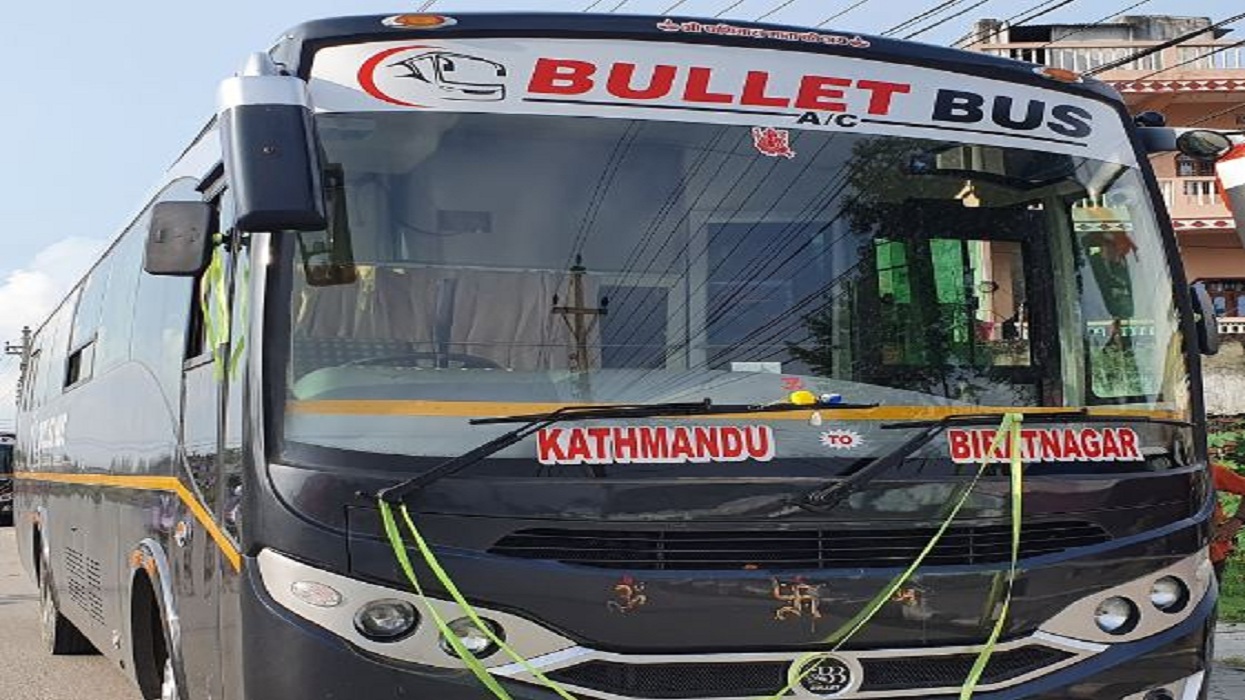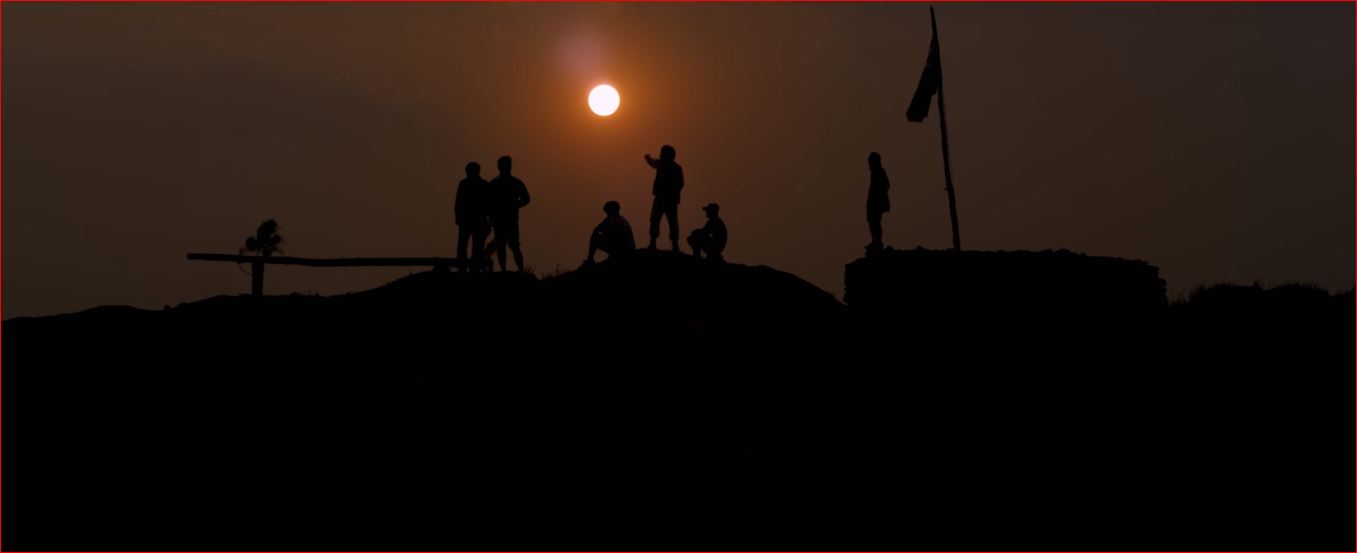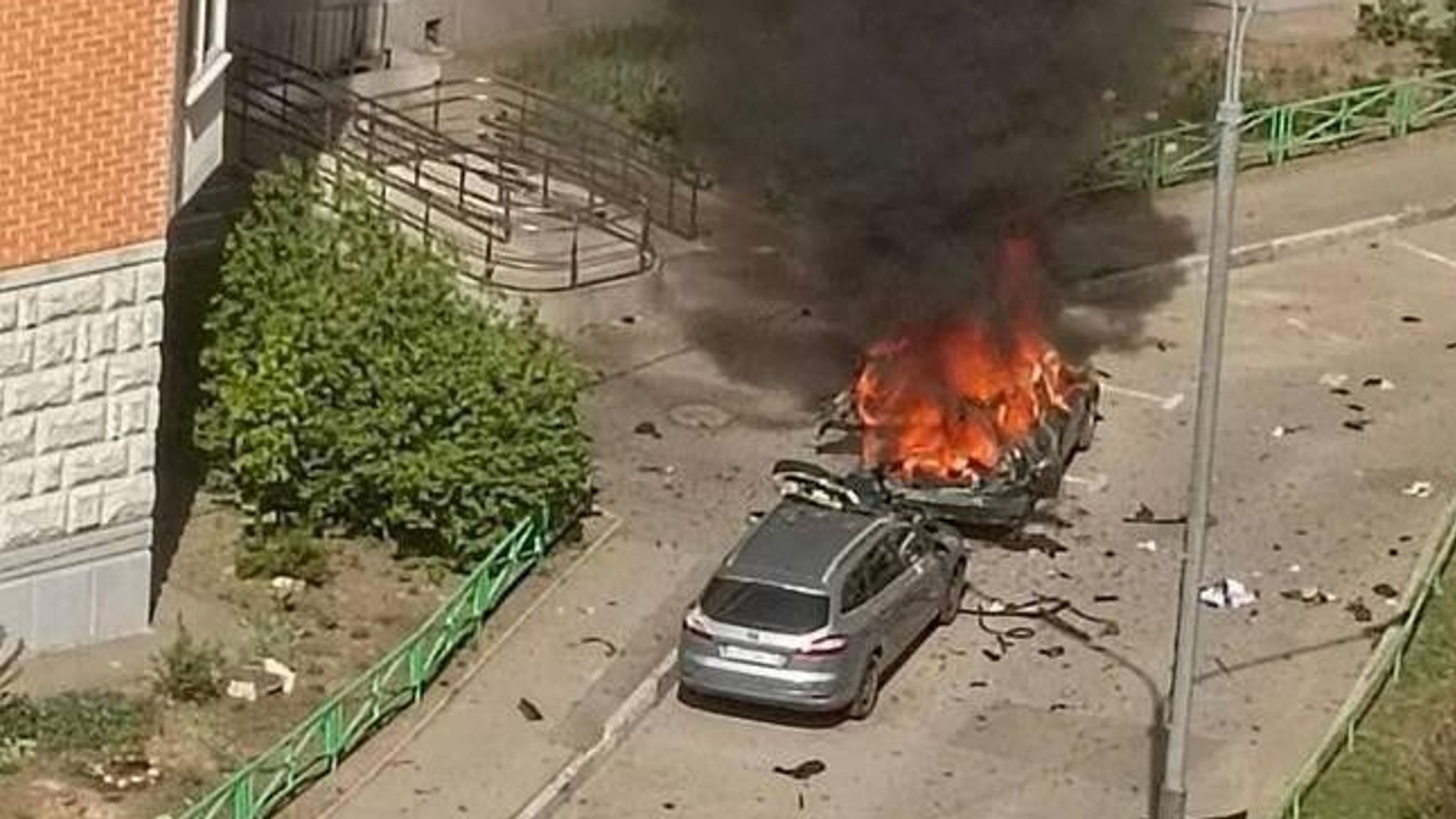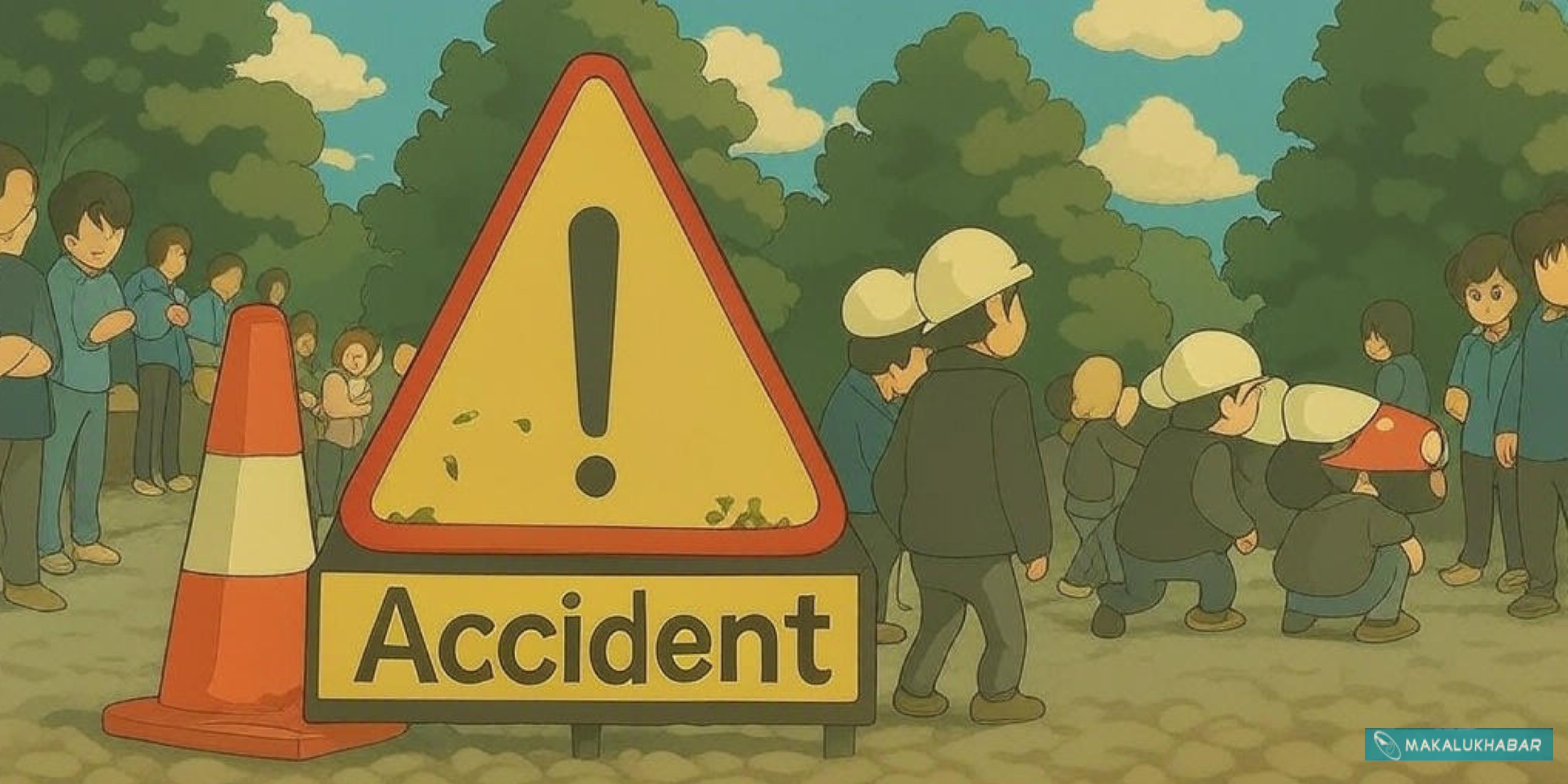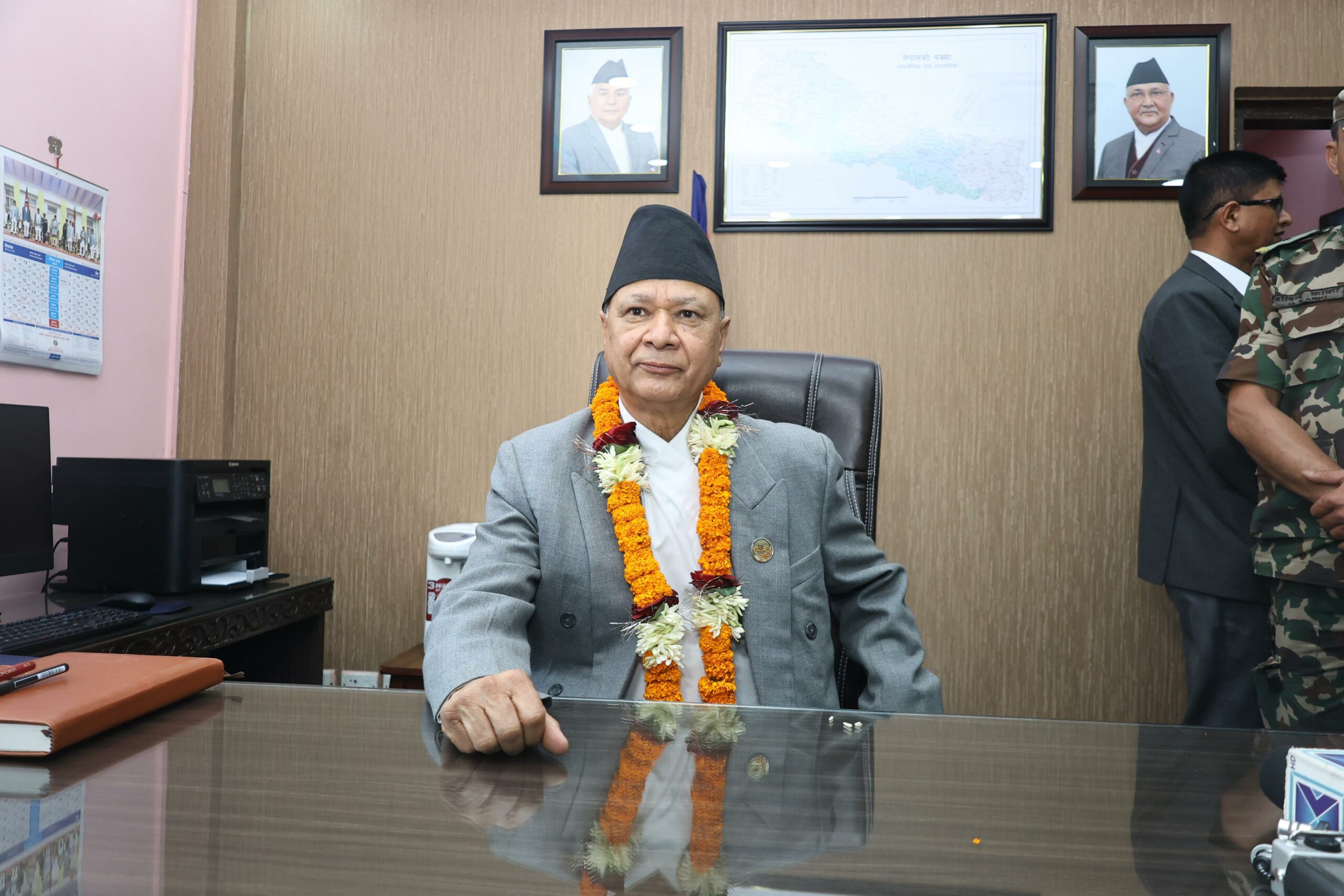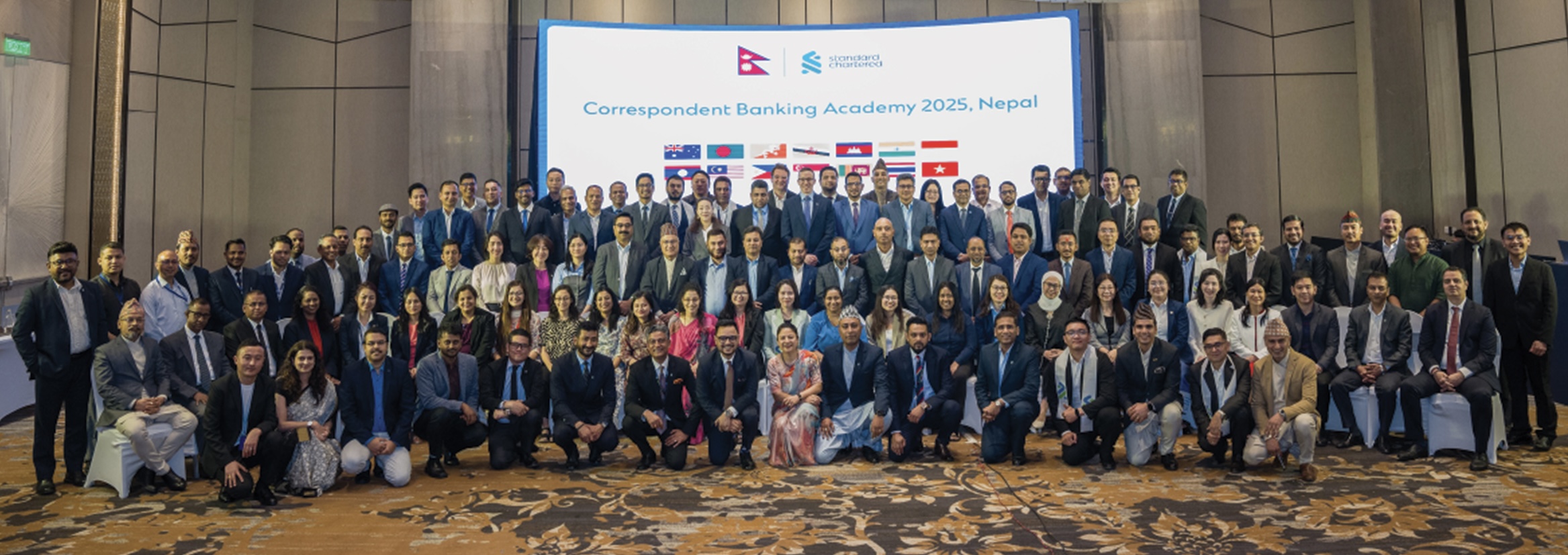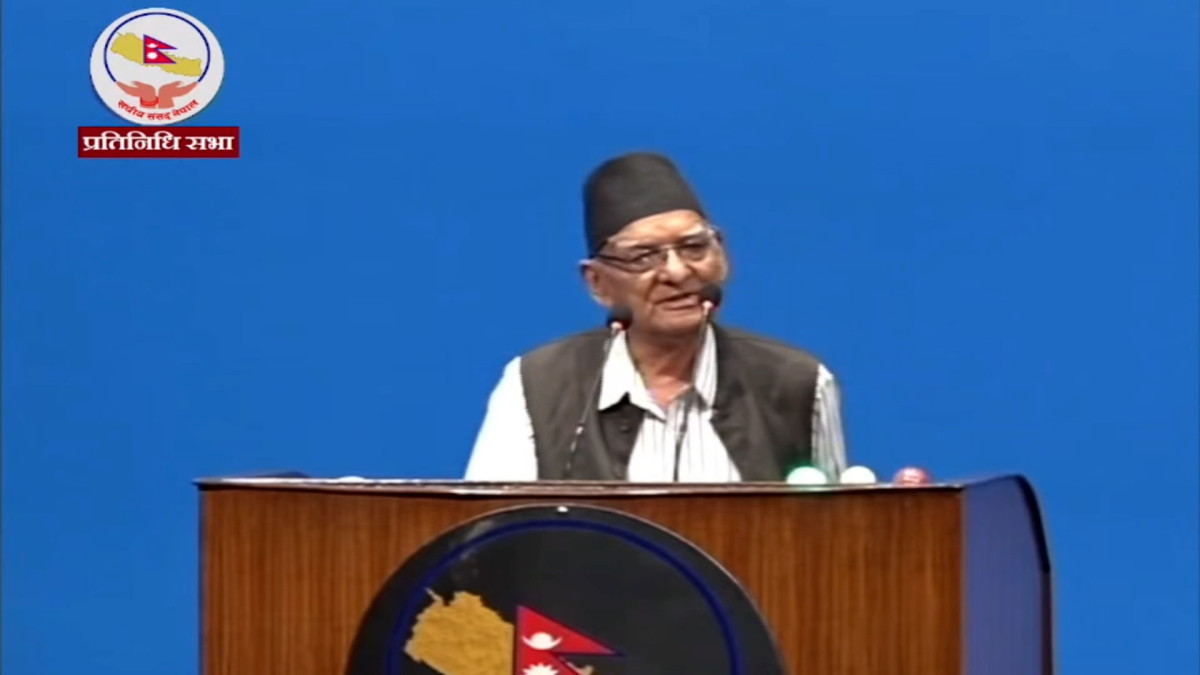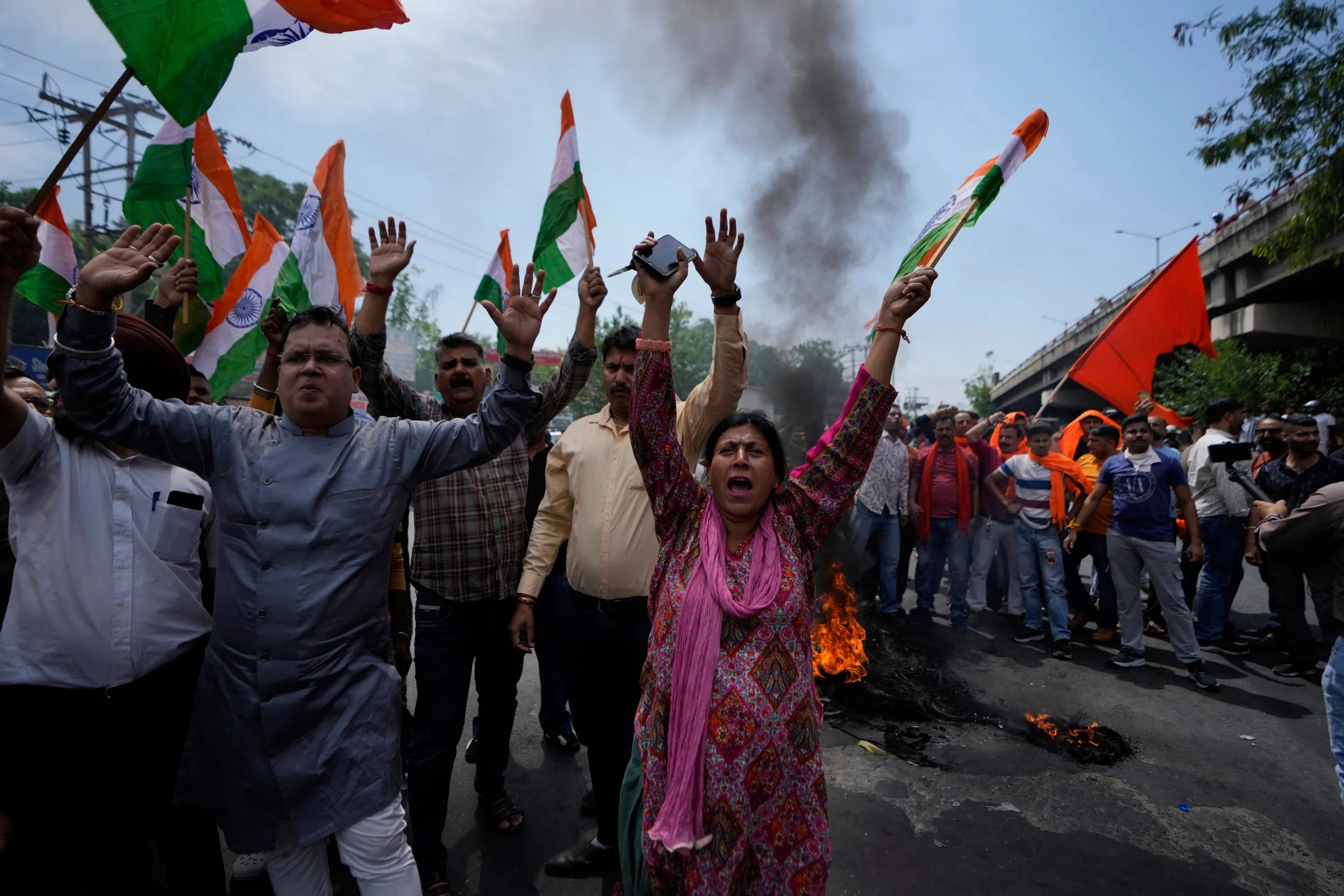Barpak still trembles in memory: A decade after Nepal’s deadly quake
Barpak, the epicenter of the 7.8 magnitude earthquake, witnessed massive destruction, claiming 72 lives and damaging nearly 1,500 homes in the village alone.
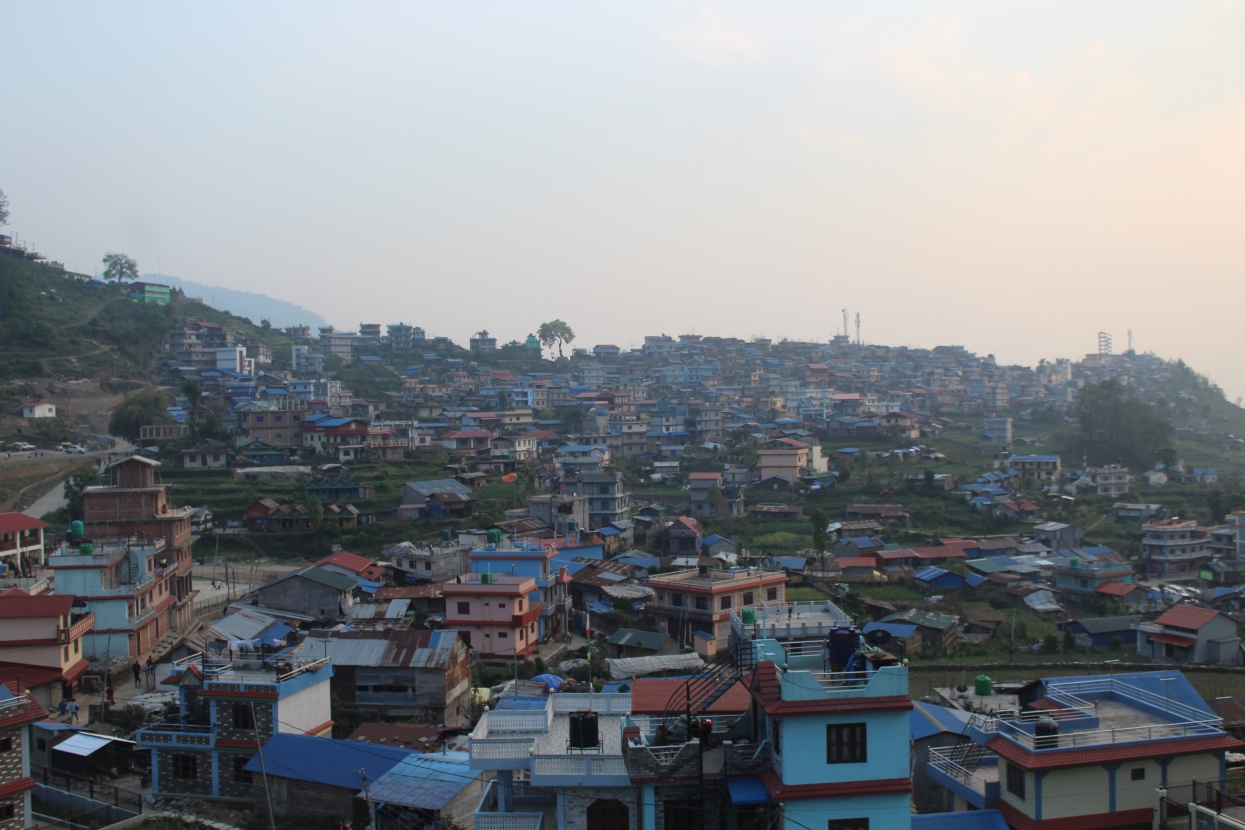
KATHMANDU: Ten years have passed since the devastating earthquake struck Nepal on April 25, 2015 (Baisakh 12, 2072 B.S.), but for 62-year-old Dhanmaya Gurung of Barpak, Gorkha, the date remains a painful reminder of unimaginable loss.
Barpak, the epicenter of the 7.8 magnitude earthquake, witnessed massive destruction, claiming 72 lives and damaging nearly 1,500 homes in the village alone.
Among those lost was Dhanmaya’s 7-year-old niece, whom she had brought from her maternal home just days before. “She was playing in the yard when the house collapsed,” Dhanmaya recalls tearfully. “Sometimes I feel like I am the one to blame.”
The emotional scars are deep among the survivors of Barpak. Thirty-four-year-old Dolmaya Ghale admits the trauma still lingers. “Every time thunder rumbles or heavy vehicles pass by, it feels like the earthquake is back. My heart freezes.”
Seventy-seven-year-old Pyali Ghale still fears another massive quake might strike. “Aftershocks and recent tremors elsewhere in Nepal keep rekindling that fear,” she says, reflecting on the lasting psychological impact on the village.
Kamala Gurung, 55, remembers working in the fields when the quake hit. “The ground started shaking. Within seconds, homes collapsed, and the entire village was engulfed in dust,” she recounts. “Even though we’ve rebuilt, I never imagined we’d come this far.”
Despite the destruction, the earthquake has also brought transformative changes to Barpak. Local resident Jit Bahadur Ghale says the tragedy drew national and international attention to the village, accelerating its development. “It destroyed everything, but it also brought hope. Roads, electricity, drinking water — all came faster after the quake,” he said.
Barpak has since emerged as a growing tourist destination, with the scars of the past turning into symbols of resilience.
Most private homes have been rebuilt, replacing traditional stone-and-mud structures with modern brick-and-cement houses.
A memorial now stands at the heart of the village, marking the exact date and time of the earthquake — 11:56 AM on Baisakh 12 — to honor those who perished.
A decade on, Barpak is a village transformed — physically rebuilt, but emotionally, still healing.

